Confusion is still the key word on the issue of the digitization of broadcast television in the United States. A year after the federal communications commission's board set the timetable for migration, the picture is beginning to become clearer and, for all participants in this game, it is clear that the time has come to start making decisions.
For some, the initial migration must be an intermediate step towards the implementation of systems of the highest definition in the first decades of the next century. For others, the new allocation of the radio frequency spectrum appears to be the opportunity to sixfold multiply the number of channels available, and maintain current levels of image quality.
Still others propose the adoption of an intermediate standard that can be managed with the equipment currently available. Meanwhile, the pilot stations of the big North American networks have begun test broadcasts and many interested parties are limited to examining the results of the pioneers before committing in one way or another.
The FCC only requires broadcasters to implement digital television transmission systems, among other things in order to improve the quality of service for end users. It is assumed that digital coding will eliminate problems characteristic of receiving analog signals by radio frequency.
However, the Commission did not make any demands with regard to HDTV: the only restriction that is established is that an open and free service of at least equivalent quality to that of current analog signals must be delivered digitally.
A new term
This basic level of DTV has been interpreted by stakeholders as what has come to be called SDTV, or standard definition digital television. Among the digital television formats that were de facto approved by the FCC – taking advantage of the recommendations of the ATSC (Advanced Television Systems Committee) – there is a system of 480 lines at 60 frames per second with progressive scanning, known as 480p, which would allow to respond to the requirements of the FCC from D1 production systems with slight modifications.
This option is very attractive for companies that had been leading a migration process towards D1 quality digital video production for several years, especially considering that the standardization of SDTV would allow them to operate with immediately available equipment and that they can reach very affordable costs due to their scale of production.
And on the receiver side, it's easier to make adapters that allow SDTV signals to be received on conventional TVs, which can help maintain a stable viewer base.
On the other hand, once transferred to 480p/60, the current PAL or NTSC video offers excellent quality images, which is an additional argument for SDTV advocates. After all, the digitization of the operation could happen just before the antenna... at least for a while it would be possible to handle production operations in NTSC 16:9, or even with conventional 4:3 equipment.
Under these conditions, the dream of commercial directors could come true: at the end of the chain, some system could be installed to fill the sides of the 16:9 screens with commercials. And permanently.
TV or not TV
Considering that 480p/60 video represents a significant improvement over the current system, SDTV advocates hope to be able to meet fcc requirements and amortize their current investments in the long term, to defer the migration to HDTV by a few years.
However, this scenario of rational costs has already been practically dismantled by the decisions of the large chains, which propose a faster change to high-definition systems.
CBS has confirmed its intention to broadcast prime time programming on 1080i, an HDTV system that would take over the bandwidth of the channels of the new allocation; ABC prefers the 720p system; NBC plans to mix 1080i with 480p, and FOX plans to air its regular programming in 480p/60 and use 480p/90 for sports programming.
This scenario leads us to a future in which different standards will coexist. And to share receivers. Obviously, 720p images are higher than 480p. And the 1080i have their advantages. The basic problem is one of costs.
It is clear that initially the basic sources of HDTV material will be film archiving and live production, as the industry cannot accommodate a rapid migration to HDTV production in such a short timeframe.
The problem with HDTV's entry into daily programming is that the costs of the transition, for affiliated stations, may require the implementation of systems capable of retransmitting prime time HDTV programming in its original quality, or at least in 720p.
If the chains demand this effort from their affiliates, the financial problem of local stations can be significantly complicated. Although the local operation can be implemented in SDTV and use analogous equipment, these companies would be forced to finance a part-time HDTV operation with the limited resources of small markets.
For the consumer electronics industry, this situation does not represent a major problem. A multi-system DTV receiver is viable and in a relatively short time will reach reasonable price levels due to large production scales.
But significant technical problems still need to be overcome, such as the manufacture of large flat screens, the improvement of plasma screens and the integration between televisions and personal computers. Let's not forget that Windows will be present in our TVs...
The consumer's choice
An important point is that a conventional TV with a set-top box delivers 480p images converted to conventional NTSC of excellent quality. This step represents an important advantage for the viewer of the most depressed markets: possibly he will decide that it is not a priority to invest in a new television to be able to watch 16:9 programming, since he may only be able to receive it at some times; or that it will be enough to invest in a 16:9 / 480p TV, even if the original signals are made in 1080i, because 480p is enough quality to watch TV...
Another problem is the implementation of the home VCRs of the future, which may use solutions based on DVD-R or other similar media. It is possible that Panasonic's developments in its DVCPRO production equipment line will accommodate a domestic recording system based on DV encoding, which supports DTV standards with acceptable quality.
Meanwhile, JVC has already introduced its D-VHS recorder that can record any stream of digital information and play it as HDTV video with the help of the appropriate encoder. It is an elegant solution for an uncertain future, although perhaps a future as dark as that of the W-VHS, which only prospered in the Japanese market, awaits it.
To further complicate matters, CBS and Sony have stated that they plan to implement a 1080p/60 system by 2002. Meanwhile, in Japan, the local television industry proposes a system capable of simultaneously handling an HDTV transmission, several SDTV channels and a myriad of value-added services. And in Europe there is talk of renewing the old and reliable PAL system, adding a slight digital flavor ...
Hence, the constant complaints of U.S. broadcasters are understandable, worried about having to make monumental investments to support an HDTV standard that, ultimately, can become a transitional system.
They want HDTV...
Manufacturers of production equipment have begun to promote the identity between DTV and HDTV, something very convenient to give some dynamics to their market. Although the necessary solutions are already in place to implement SDTV operations with very reasonable investments, industrialists seem to agree that the most logical thing is to enter the wide world of DTV with images of the highest quality, which should originate in their new and expensive HDTV equipment. And by proposing a new standard for signal distribution, they also contribute their grain of sand to the confusion.
The adoption of MPEG-2 for the distribution of DTV signals is an attractive option for broadcasters, because it would allow to easily implement scalable DTV operations with programming in variable formats according to the slots.
Moreover, it would make it possible to adopt many existing encoding and compression solutions, which offer good levels of image quality. And it would also open a reasonable route to the input of hdTV, by making it possible to transport high-definition signals using reasonable bandwidth.
The basic problem, however, is the same as it was a few years ago: manufacturers handle multiple MPEG-2 encoding standards, in some cases incompatible with each other. Fortunately, this problem can be solved in a relatively short time, and some of the industry's leading companies are dedicated to achieving it.
On the other hand, the offer of equipment for production in HDTV still suffers from certain gaps. Although there are already several options in terms of cameras, there is no clarity regarding the recording formats.
The main manufacturers offer equipment capable of recording HDTVs of different "flavors", which will have to undergo a standardization process as soon as possible. In spite of everything, filmmakers who want to produce on HDTV can do it today, although perhaps their decisions in terms of equipment will force them to do some transcoding in the coming years.
We must also take into account the attractiveness of cinema as a means of production for HDTV. For a couple of years now, Kodak has been promoting 16 mm film as the ideal medium for originating high-definition material, which is also immune to changes in transmission standards. Although it sounds far-fetched, it is possible that this scheme is viable within the cost structure of PRODUCTION in HDTV.
Meanwhile, traditional companies such as Sony, Philips and Tektronix are beginning to offer the necessary tools for the production of HDTV in conventional environments, and manufacturers of effect units, non-linear editors and video servers are updating their products slowly but surely.
The real competition
While the rules of the game for DTV participants are being clarified, the kings of pay TV have decided to start transporting HDTV signals, which is no surprise. DirecTV has announced that it will deliver two HDTV channels to its U.S. subscribers by the end of 1998.
One of these channels could be HBO/HD, which is promoting an accelerated process of mastering films in high-definition 16:9 video, to have a repertoire worthy of its tradition of "only hits".
Although these services will have to resort to high levels of video compression to be able to transport their HDTV signals, this operation will be justified by the benefit that users will perceive, who will be able to watch high-definition material on their HDTV TVs 24 hours a day.
The most positive thing for DTH companies is that they already have a business model in place that will allow them to reap benefits from their transition to HDTV from day one: high definition will be another premium service that some subscribers will gladly pay for.
And its potential is even in markets where terrestrial television will not support HDTV, since 16:9 televisions of Korean, Mexican or Japanese origin will already be prepared to receive HDTV signals, and the target audience with consumption capacity will receive avid the super stable image of the small DBS antennas.
Meanwhile, broadcasters forced to set up DTV operations in minimal time feel they are taking a big risk, as they still can't be sure if the broadcast TV market can withstand the big investments ahead. Ultimately, the success of this transition depends on the response of consumers.
What will happen if industry leaders get it wrong and consumers decide it's better to buy a set-top box so they can watch HDTV broadcasts on their conventional TVs, rather than investing a few thousand dollars in a new DTV receiver? Only time will tell.


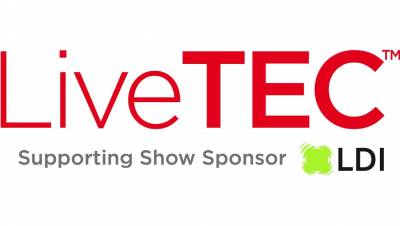




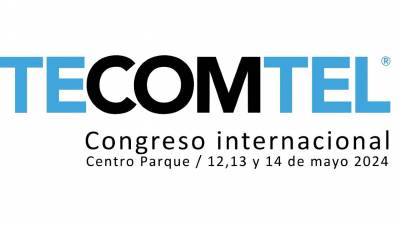


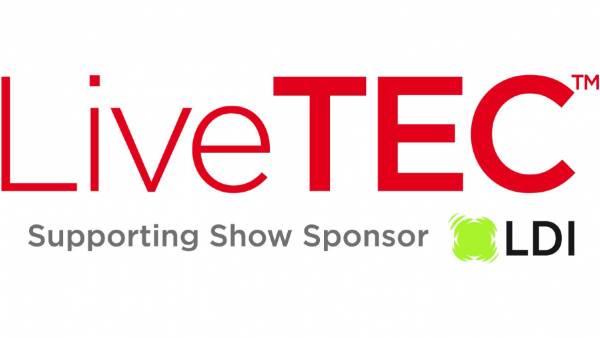


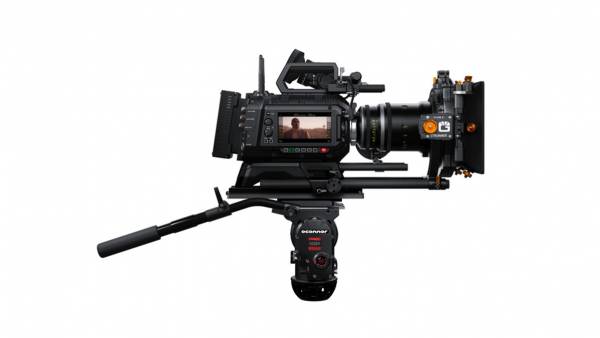


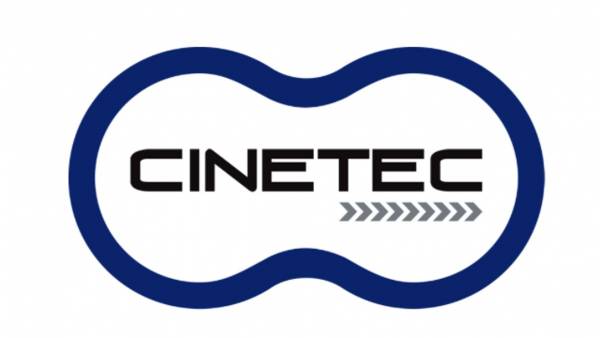






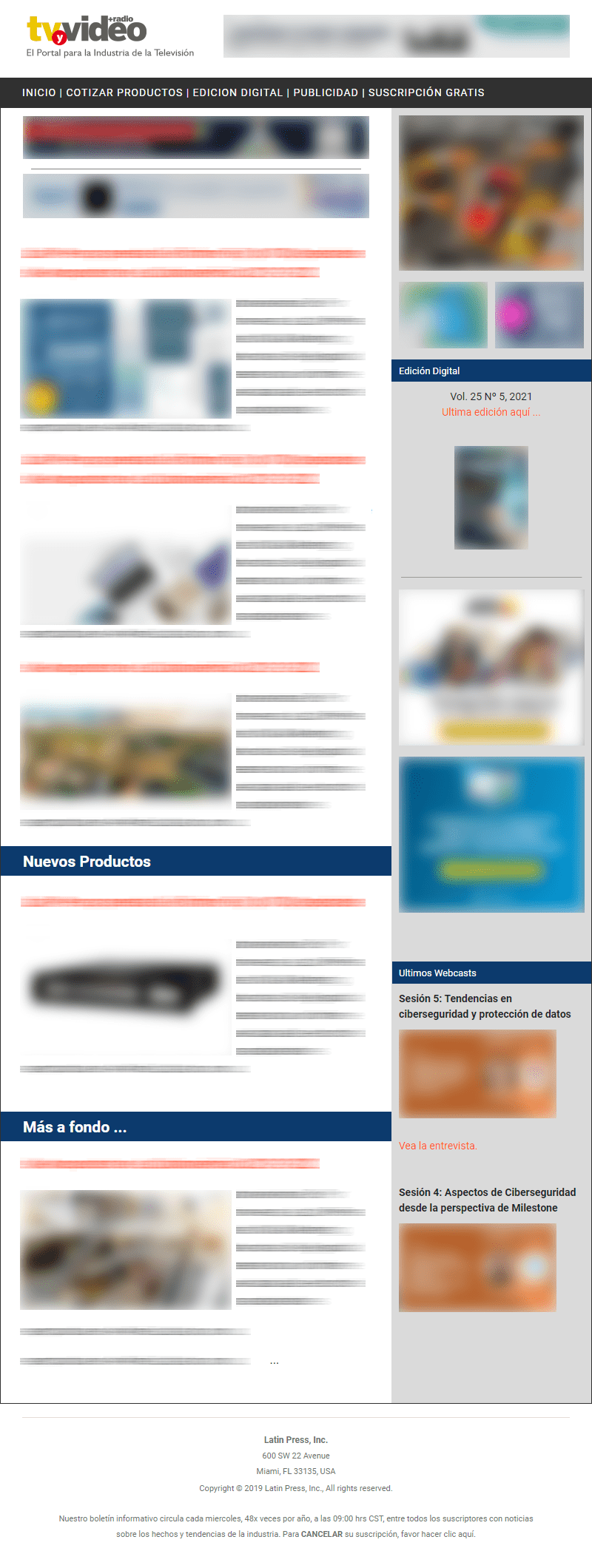
Leave your comment